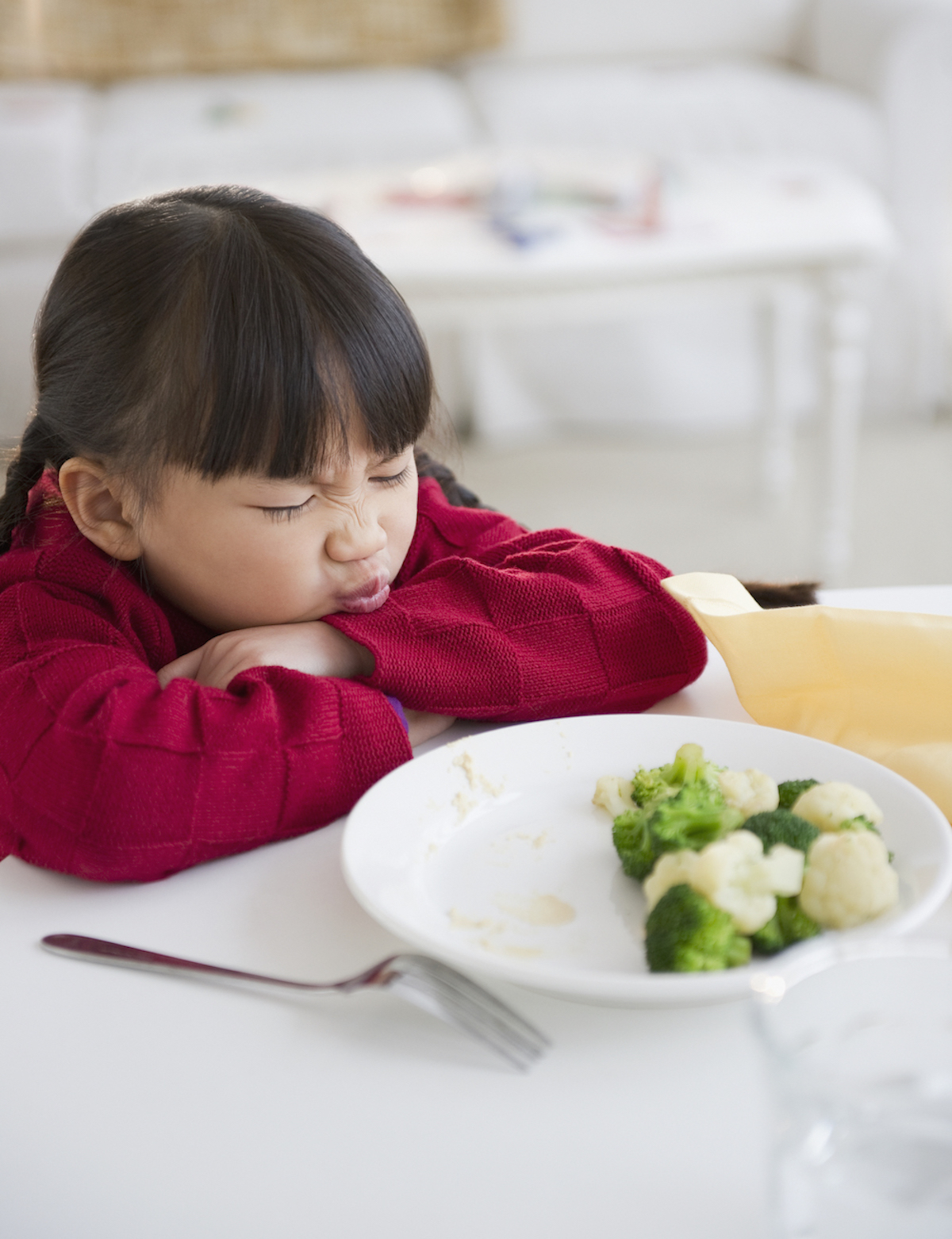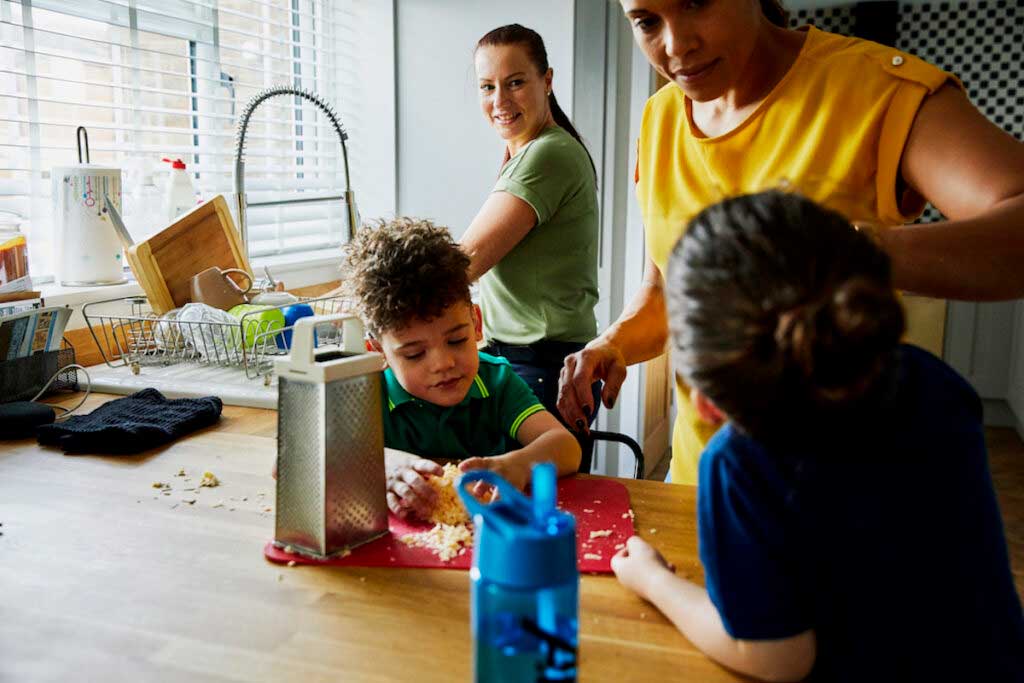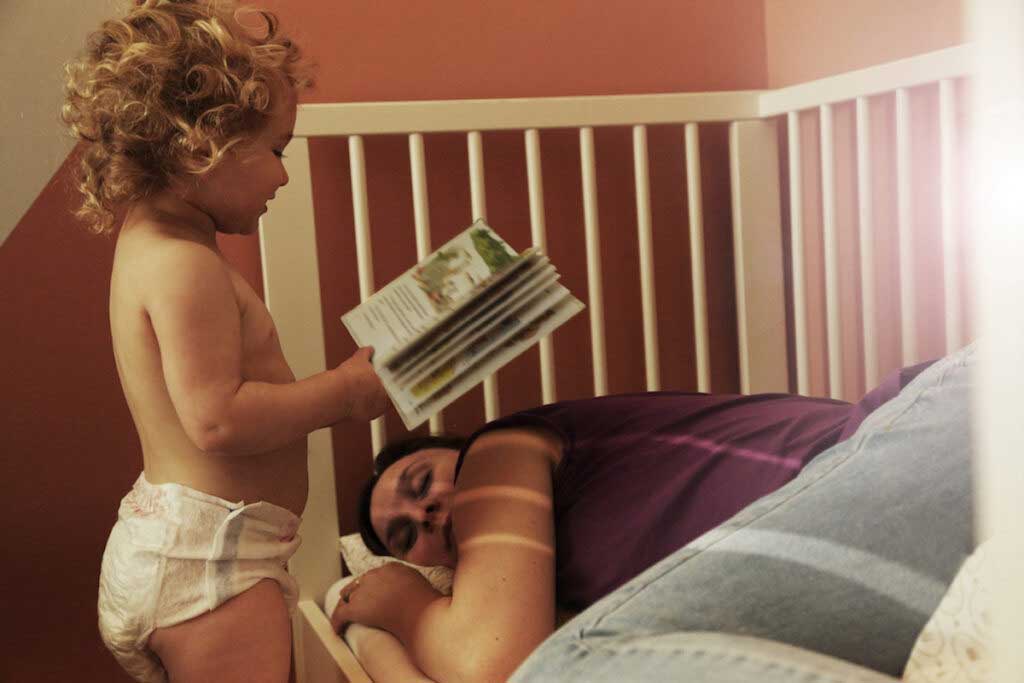It was an eventful year. The biggest milestone for me was the August publication of The Family Firm, which was in the works from pre-pandemic times. Launching a book during the pandemic was weird, but I came to (sort of) like Zoom book talks. And launching a book from a newsletter platform — where I get to interact more in real time with readers — was nothing but good.
The Family Firm is really, in the end, two books. On one hand, it’s a book about data. There’s data on sleep, screens, nutrition. I’ll link to some posts on those topics below. That part of the book is a true follow-up to Expecting Better and Cribsheet. It’s data-forward, even if the data on older kids is sometimes even less compelling and complete than for babies.
On the other hand, much of the book is about decision-making, about family-life structure, about managing a world with competing or complementary values and complicated logistics. I’ve also written about those parts of the book: the decision tools, creating a big-picture schedule, using the workbooks (see them below!). Since this is mostly a roundup, there are lots of links, including to other resources I found helpful. But before getting into that, I wanted to suggest two simple exercises, inspired by ideas in The Family Firm, that you might find useful.
Exercise 1: One conflict
At its core, much of the guidance in The Family Firm is rooted in the concept that if you think more deliberately about the choices you make — think about them all at once, holistically — you can better understand how they interact and, thus, better prioritize. This is the idea behind the worksheets. Write down how you actually want your day to look, and that will help you realize you cannot both do club gymnastics four nights a week and also have dinner as a family every day.
But there is a simpler, baby step toward this. Here it is.
Identify the most significant source of logistics-related conflict in your house in the past two weeks. Now think about how it could have gone better.
In many cases, conflicts arise that could be avoided with even a tiny amount of planning. For example: the person who shared with me that the most significant conflict source between them and their partner was arguing every day about who would pick up their child at day care. The change they made was to agree on a schedule at the start of the week. This is a tiny change! But actually, it made a difference. And if you didn’t reflect on it, you might not know it would.
Another example: your child frequently forgets something, and you have to either bring it to school or run after them with it. You cannot understand why they cannot remember things. They are defensive. There is a lot of yelling. Maybe this happened twice last week, and it’s on your mind. Is there a solution here? I can think of a few. One is a checklist system before leaving the house. Another is to organize at night, so there is no need to in the morning. These are little changes, but little can be big.
Sometimes changes are larger and more important. When my daughter was a baby, my husband and I had a very unpleasant daily commute, which during rush hour ranged between 45 minutes and an hour. I was committed to getting home by a certain time, and this meant sometimes leaving work early in unpredictable ways. Jesse was deeply unhappy with the unpredictability, and the car rides — which were among the few times we were alone together — were a source of conflict rather than conversation. In the end, we decided the conflict was too much and we started commuting separately. And, ultimately, we moved. These were bigger changes, but they reflected the really significant costs of conflict.
Exercise 2: One rose, one thorn
This is a shorter one. In the book, there is an exercise around having everyone in the family write down the top three things they would like to do every day, or every week. I propose you do a very simple version of that.
Ask everyone to state the one (regular, typical) activity they did last week that they would be sad not to get to do next week. Ask them also to say one thing they did that they wouldn’t be sorry to see go.
There are no clear action items from this. The value of this exercise is simply to say what the activities are that we most value, and that there are some we could let go of without feeling a loss. Where you take it from there is up to you.
Hopefully, one (or both) of these exercises resonates. If you try them, send feedback! The new year is a good time to regroup.
Now, in the Roundup spirit, here are a few longer-form posts on Family Firm, along with other resources.
Newsletter posts: Older-child data
- Screen Time, Revisited Useful in the screen-heavy holidays.
- Should I Redshirt my Kindergartener? Redshirt = hold back until they are older.
- Should My Kid Get an Allowance? Spoiler: We decided yes, and so far it is going fine.
- Learning to Read One of my favorite posts of the year.
Newsletter posts: Decision-making parts
- The Fourth F: Follow-up Do not neglect it!
- Why You Should Surface Family Conflicts on Purpose Summary: You’re going to fight about stuff anyway, so you should do it deliberately, when you are less mad.
- The (Business) Case for Doing Less You might be doing too many activities.
Other resources
- Tom Phelan’s The Manager Mom Epidemic. I got a lot out of this book, and it influenced my thinking. The best parts are about the idea of “total responsibility transfer”: transferring the whole task to someone else, not just a part.
- Eve Rodsky’s Fair Play. Excellent tools for managing household loads and, effectively, surfacing inequities in who does what, in a productive way.
- Asana. For task management. You know you want to assign tasks to your partner, admit it!
- Family Firm workbook pages In case they’re useful for planning.

















